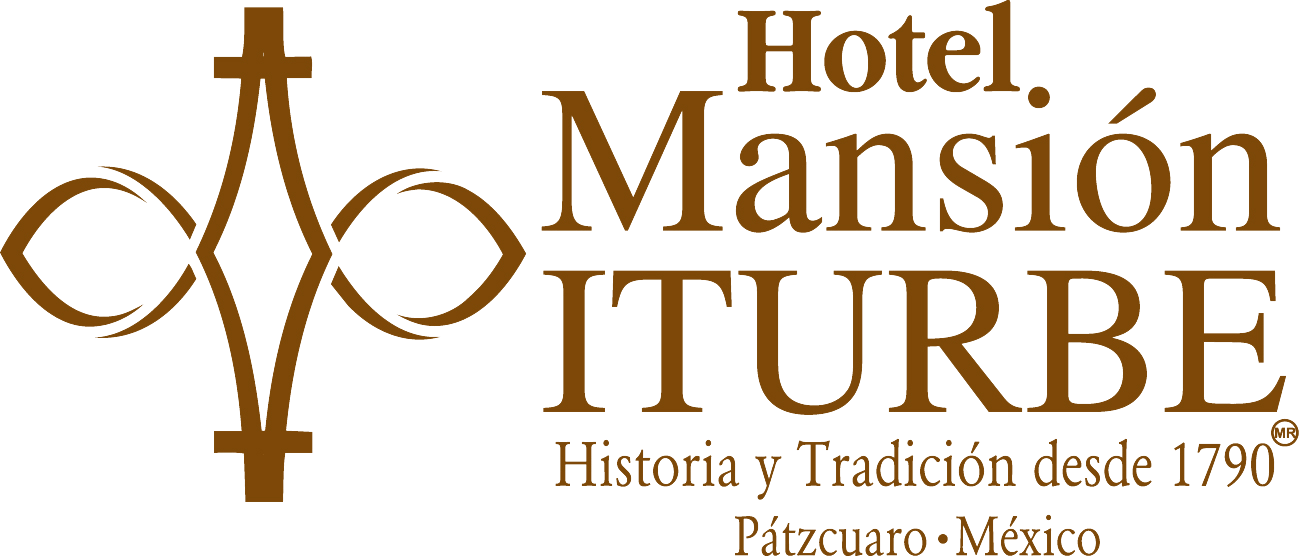In the Sixteenth Century, Don Vasco de Quiroga took the Purépechas (indigenous) under his wing; the results of his work are evident even today.
At the most recent International Tourism Fair in Madrid (FITUR 2011)
We invite you to explore that very Route of Don Vasco, beginning in Pátzcuaro – the heart of the Route. Stay at Hotel Mansión Iturbe, located on the plaza that bears Don Vasco’s name – one of the most illustrious in all of México.
Following the Route will be a unique experience for you: you will walk in the same steps that Don Vasco de Quiroga took, and you will sense the presence of a great visionary, leader, and humanitarian – a great man who began his work almost 500 years ago, and the fruits of whose labor live on and on.
Don Vasco de Quiroga is one of the most beloved personages in all of Michoacán. He was a great benefactor of the indigenous (Purépecha) and is still affectionately referred to as “Tata (“Papa”) Vasco.”
Don Vasco was born in 1470 in Madrigal de la Altas Torres, Province of Avila , in Spain
August 14, 1531, he wrote to the Indigenous Advisory requesting permission to organize The Indigenous People, an institution that would educate the indigenous in the framework of a humane and Christian coexistence. Using this as a model, in 1532, Don Vasco founded the Hospital de Santa Fe in the outskirts of the capital of New Spain . There, the indigenous could receive baptism, “Christianize” their marriages, pray, carry out charity works, as well as live in sound coexistence, performing their daily chores in an orderly way.
Later, he was sent as a representative to Michoacán; some years previously, Nuño de Guzmán had committed all sorts of atrocities against the indigenous. Thus, at 63 years old, Don Vasco ventured into the remote areas of Michoacán – accompanied only by his secretary, a soldier, and a handful of interpreters – to offer peace and to evangelize. His mission was to try to make the indigenous understand that the Crown was in total disagreement with the crimes and abuses committed against them at the hands of the Spaniards, and that the guilty would be punished.
This peaceful attitude quickly spread through the indigenous but, although it was embraced by many, there remained some skeptics, whom Don Vasco tirelessly worked to persuade of his good intentions. With the help of Franciscan and Augustinian monks, peace was achieved in the area.
In 1533, the People’s Hospital of Santa Fe de la Laguna, on the shores of Lake Pátzcuaro
In 1538, at 68 years old, Don Vasco, with his extensive accomplishments, his work to pacify the indigenous, and his kind treatment toward them, was named Bishop of Michoacán. The news was received with jubilation by the evangelizing monks, but with distain by some of the Spaniards, who consider Don Vasco a traitor for advancing the cause of the indigenous.
August 6, 1538, Don Vasco returned to Michoacán to occupy the bishopry, with its seat in Tzintzuntzan, the capital of the Purépecha Empire. Later, the seat of the dieses would be moved to Pátzcuaro.
In 1542, he established the Colegio de San Nicolás, one of the first such institutions where indigenous and Spaniards lived and worked together, learning Latin, theology, and ethics. Here, both Purépecha and Spanish were spoken by nearly everyone.
Another project that flourished under his guidance was the Institute of High Studies
In 1547, Don Vasco returned to Spain for more support for his indigenous flock on the other side of the Atlantic . He was able to secure support in various ways, including taking back missionaries with him.
Later, he participated in the Mexican Council in 1555. Not long afterward – and with a group of priests newly graduated from the Colegio de San Nicolás, and the Augustinian priests and other missionaries he brought from Spain
With time, the faithful indigenous started calling him “Tata Vasco” (“Papa Vasco”). The indigenous urged their friends and neighbors to build orderly Christian communities near the churches and hospitals/shelters.
Don Vasco de Quiroga also promoted the material good of his people:
· He promoted the idea of rotating crops.
· He introduced banana trees.
· He imported animals that could facilitate the indigenous’ daily life.
And one of his most important legacies: He effectively impressed on the individual communities the efficacy of concentrating on their own, particular form of artisanship; that is, instead of ten villages each producing a wide variety of goods – often duplicating the products of neighboring villages – each would eventually claim fame to its particular specialty, thus eliminating duplication of effort and facilitating the marketing of their goods. Five hundred years later, many of the villages around Lake Pátzcuaro San Francisco
Thanks to the fulfillment of this vision of Don Vasco de Quiroga, Michoacán is able to offer a wide gamut of artisanware of high quality and of very diverse materials, such as, but not limited to, straw hats and baskets and ornaments, pots and dishes and figurines of clay, copperware, jewelry of precious metals, carved wood, furniture, cantera sculptures, masks of various materials, lacquerware, and stringed instruments.
Our beloved Don Vasco de Quiroga, First Bishop of Michoacán, an outstanding evangelical, died March 14, 1565, in Uruapan
We hope the foregoing will enhance the visitor’s experience of exploring the Route of Don Vasco.
Hotel Mansión Iturbe
HOTEL MANSION ITURBE
Portal Morelos 59
Plaza Vasco de Quiroga
61600 Pátzcuaro, Michoacán, México
Reservations online: http://www.mansioniturbe.com/
Toll free fax number USA & CANADA: 1-866 678 6102
Tels: +52 (434) 342 0368 / 3423628
Fax: + 52 (434) 342 3627
Recommended video:



















Comentarios